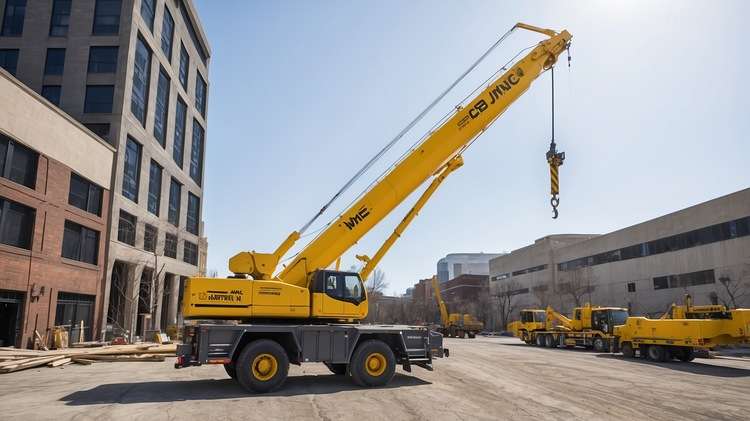Key Facts and Insights Into Lease to Own Mini Excavators: What to Consider Before Making a Decision
Understanding lease-to-own options for mini excavators can significantly impact your construction or landscaping business's financial health and operational capabilities. This comprehensive guide explores the essential factors to consider, from payment structures to maintenance responsibilities, helping you make an informed decision about acquiring these valuable pieces of equipment.

What Is a Lease-to-Own Agreement for Mini Excavators?
A lease-to-own agreement allows operators to use a mini excavator while making regular payments toward eventual ownership. These arrangements typically include predetermined monthly payments over a set period, usually 24 to 60 months. Unlike traditional leases, each payment contributes to building equity in the machine, with the option to purchase the equipment outright at the end of the term.
What Are the Key Benefits of Lease-to-Own Programs?
Lease-to-own programs offer several advantages for contractors and construction businesses. They provide lower initial costs compared to outright purchases, enabling better cash flow management. These arrangements often include maintenance coverage during the lease period and offer tax benefits, as payments may be deductible as business expenses. Additionally, they provide a path to ownership while maintaining working capital for other business needs.
How Do Maintenance Responsibilities and Hidden Costs Impact the Agreement?
Understanding maintenance obligations is crucial in lease-to-own arrangements. While some agreements include maintenance coverage, others require lessees to handle repairs and regular upkeep. Hidden costs may include insurance requirements, transportation fees, and potential penalties for excessive wear. It’s essential to carefully review these responsibilities in the contract terms to avoid unexpected expenses.
What Factors Should Influence Your Decision to Lease or Buy?
Consider your business’s financial position, project pipeline, and equipment utilization rates when deciding between leasing and buying. Frequent users with stable long-term projects might benefit more from purchasing, while businesses with variable workloads may prefer the flexibility of lease-to-own options. Equipment depreciation, tax implications, and technological advancement rates should also factor into your decision.
What Are the Current Market Trends in Mini Excavator Leasing?
The mini excavator leasing market has evolved with increased demand for flexible financing options. Modern lease-to-own programs often include telematics systems for equipment monitoring and maintenance tracking. Many providers now offer digital documentation and online payment systems, streamlining the leasing process for contractors.
How Do Different Lease-to-Own Programs Compare?
| Provider | Typical Terms | Features | Monthly Payment Range |
|---|---|---|---|
| Caterpillar Financial | 36-60 months | Included maintenance, Skip payment options | $800-2,000 |
| John Deere Financial | 24-48 months | Extended warranty, Flexible payment schedule | $900-2,200 |
| Kubota Credit | 36-72 months | Zero down payment options, Seasonal payments | $700-1,800 |
| Komatsu Financial | 36-60 months | Purchase option at term end, Full maintenance | $850-2,100 |
Prices, rates, or cost estimates mentioned in this article are based on the latest available information but may change over time. Independent research is advised before making financial decisions.
A successful lease-to-own arrangement requires careful consideration of all factors, from maintenance responsibilities to long-term financial implications. By understanding these key aspects and comparing available programs, businesses can select the option that best aligns with their operational needs and financial goals while ensuring sustainable growth and equipment accessibility.




